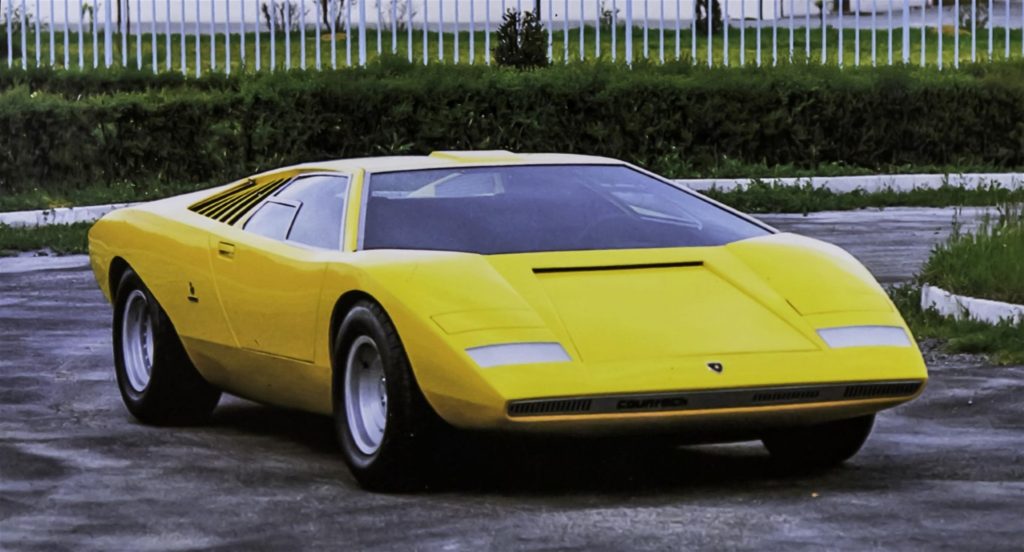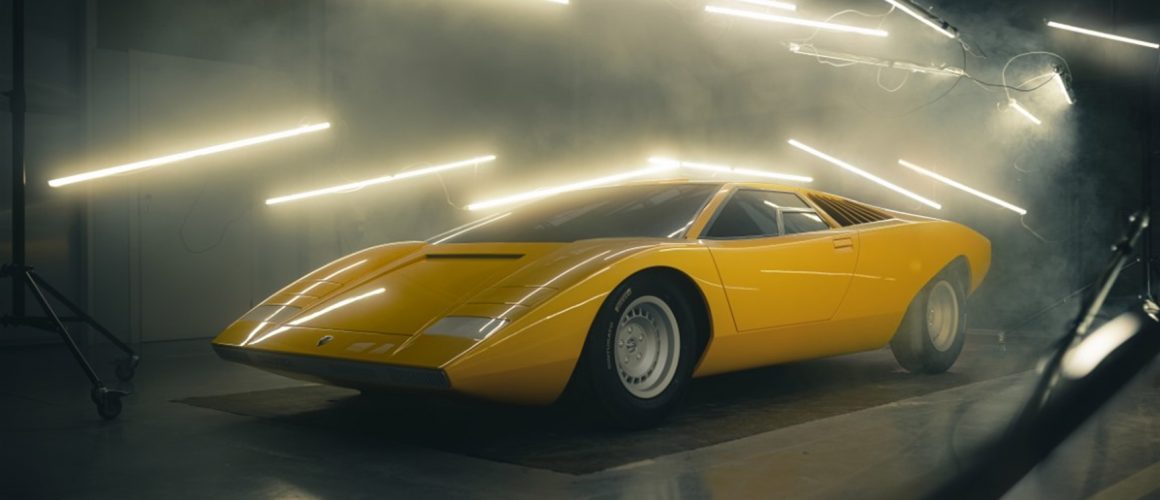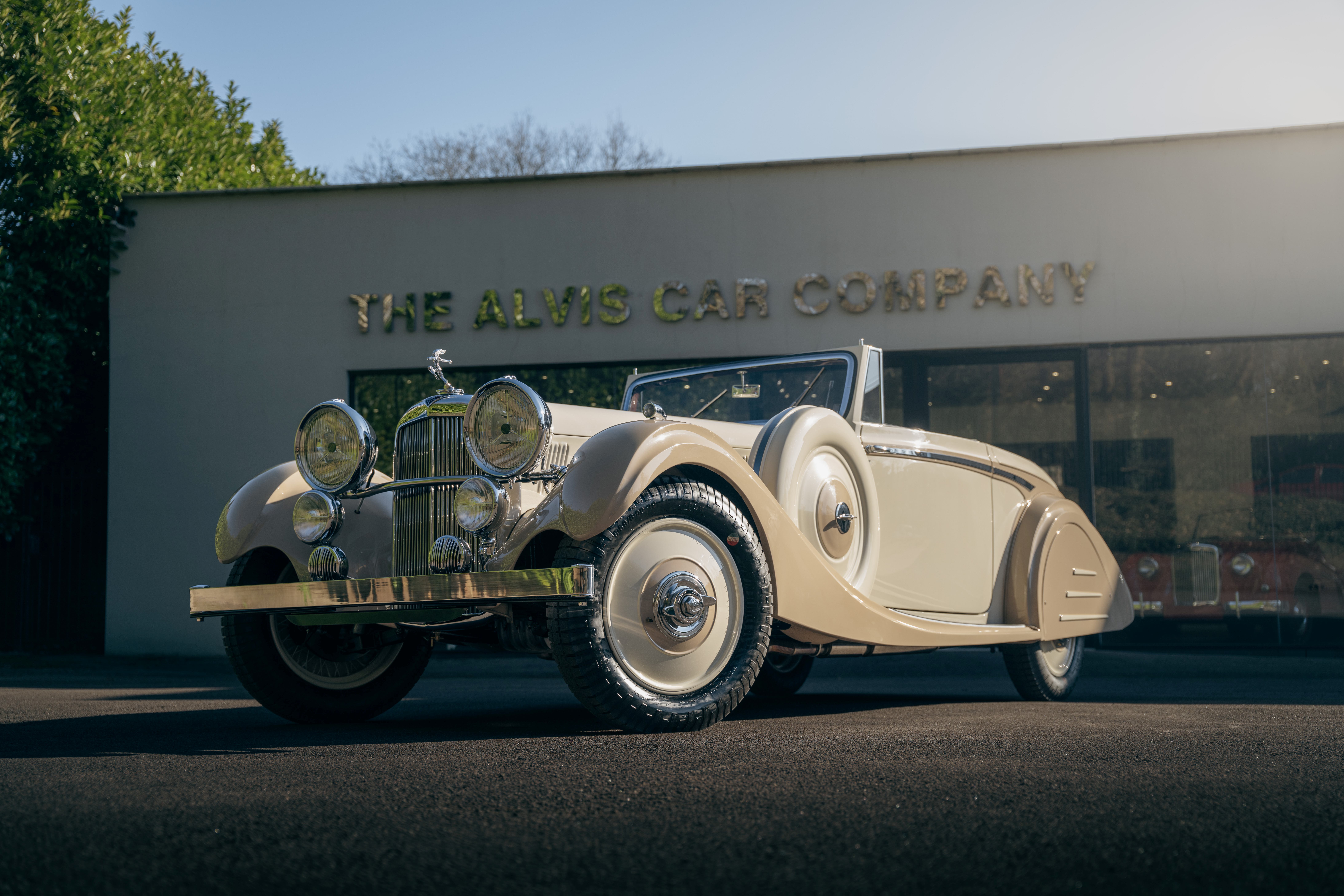Words: Elliott Hughes | Photography: Lamborghini
Lamborghini has resurrected the iconic Countach LP500 50 years after the concept shocked the world at the 1971 Geneva Motor Show. Three years after that momentous day, the car was crashed.
Few would have predicted that the LP500 concept would ever turn a wheel again, but that all changed when an anonymous ‘important collector’ commissioned Lamborghini’s Polo Storico heritage division to reconstruct the car from the wreckage.
Months of analysis followed, as Polo Storico compiled as much archival material as possible to make the ambitious project possible. Polo Storico has performed plenty of stunning restorations over the years since the division was created in 2015, but it had never attempted anything as challenging as this.
“The collection of data was crucial. There had been so much attention paid to all the details of the car, to their overall consistency and to the technical specifications,” said Giuliano Cassataro, head of service at Polo Storico. But this material alone wasn’t enough.
Polo Storico had to enlist the help of Lamborghini Centro Stile, which was tasked with developing a 1:1 scale styling model just as was used in period, so that the final car’s remanufacture could be made possible. The original model was lost over time, so Lamborghini Centro Stile had only the basis of Polo Storico’s archive material to work from.

“The biggest challenge was to create the exact volume of the car, and for this we took a 3D scan of our LP400 (chassis 001), which was an enormous source of information. It took us 2000 hours of work to arrive at the final model with lines that satisfied us. The exact same procedure was followed for the interior,” explained Mitja Borkert, head of design at Lamborghini Centro Stile.
Once the scale model had been completed, Polo Storico could finally start building its masterpiece.
Work began with the build of the platform chassis, which posed an immediate quandary; it is totally different from the tubular frame that underpinned production Countach models. Polo Storico had to completely redesign the original chassis from drawings, and it used modern technology to ensure the dimensions were millimetre perfect. Once that was done, the chassis was arduously remanufactured by hand using original production methods for authenticity’s sake.
The same philosophy was employed for the car’s Bertone-designed bodywork. Cutting-edge technology created the blueprint, but a ‘battilastra’ was tasked with skilfully beating the sheet metal by hand – ironic for a car that still looks futuristic 50 years on. A similar process was then used to remanufacture the interior, which included the illuminated diagnostic instruments featured specifically on the LP500 prototype.

Originality was also the focus of the car’s mechanical components, from the powertrain to the brakes and suspension. Consequently, only original Lamborghini spares or restored period components were used – and “failing that, parts were completely rebuilt”.
The LP500’s Pirelli tyres are identical Cinturato CN12s to those that shod the car in 1971. The tread pattern and aesthetics of the rubber remain identical, although the construction and compound have been modernised for safety and performance purposes.
Polo Storico’s finishing touch was the Giallo Fly Speciale paintwork, made with the same chemical composition as was originally used.
No fewer than 25,000 hours later, the restoration was finished. The car will be displayed in the concept class for the Concorso Villa d’Este, which takes place from October 1-3, 2021.
The LP500 follows the recent unveiling of the spectacular Aston Martin Bulldog renovation – proving that 2021 has certainly been a seminal year for the wedge-like concept cars of yesteryear.

If you liked this, then why not subscribe to Magneto magazine today?




